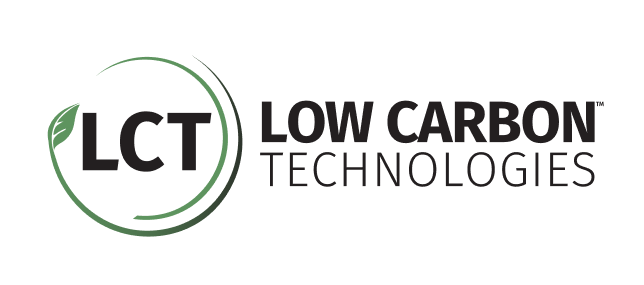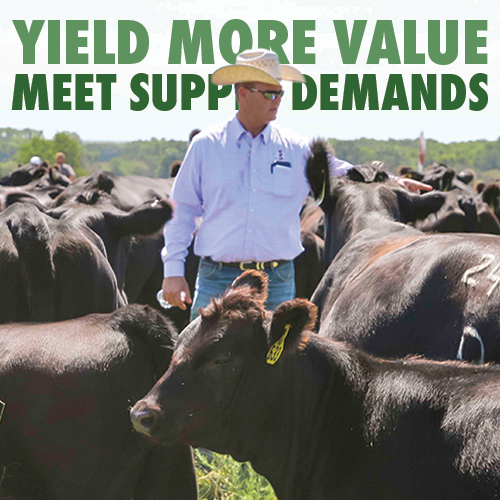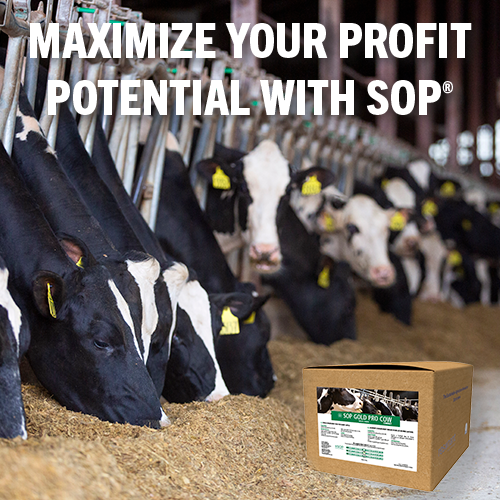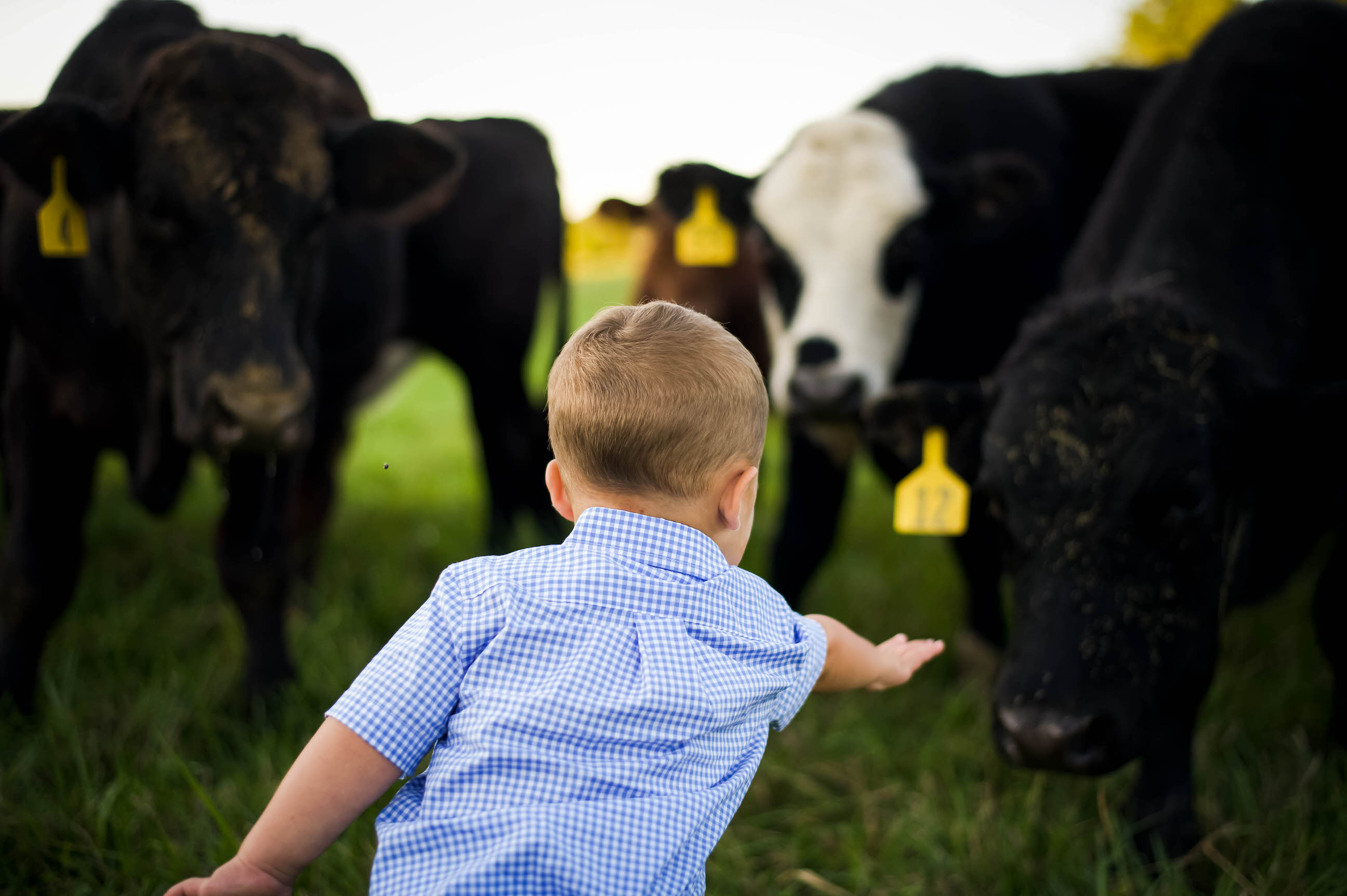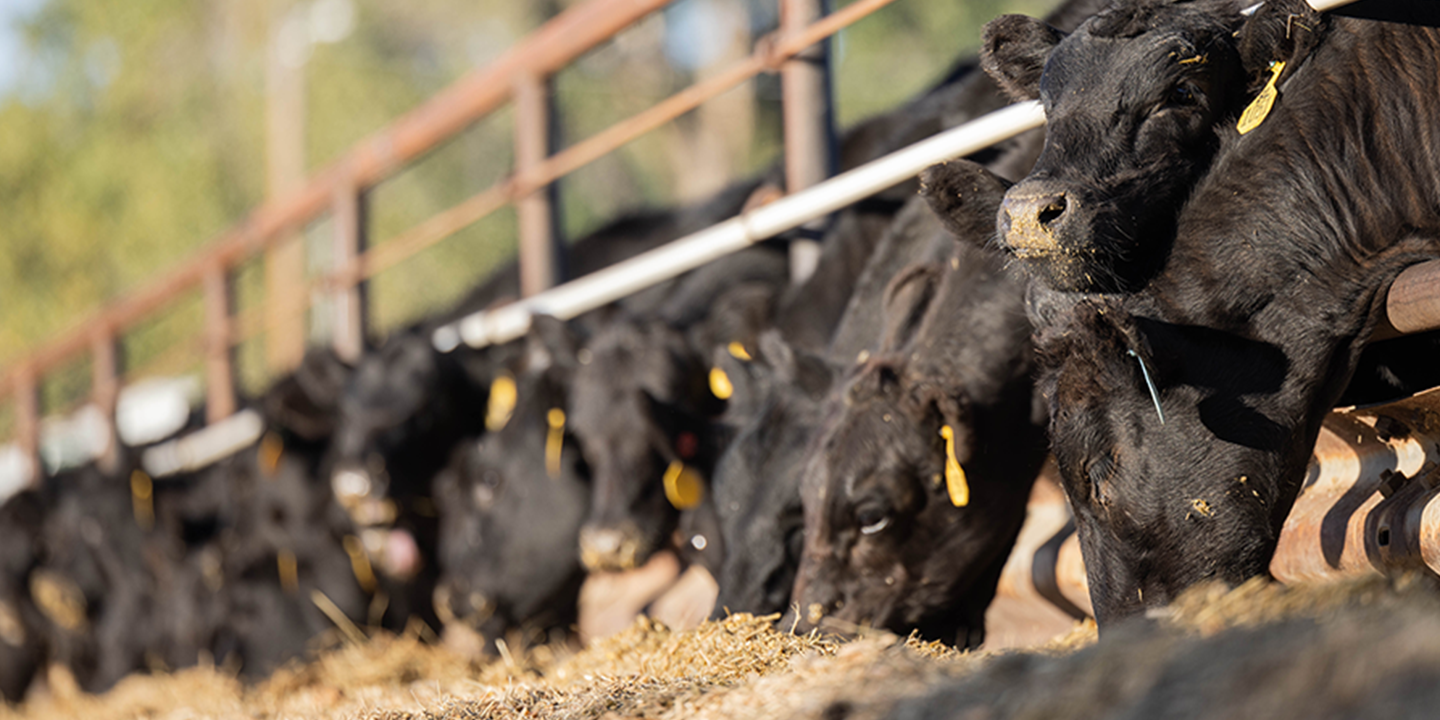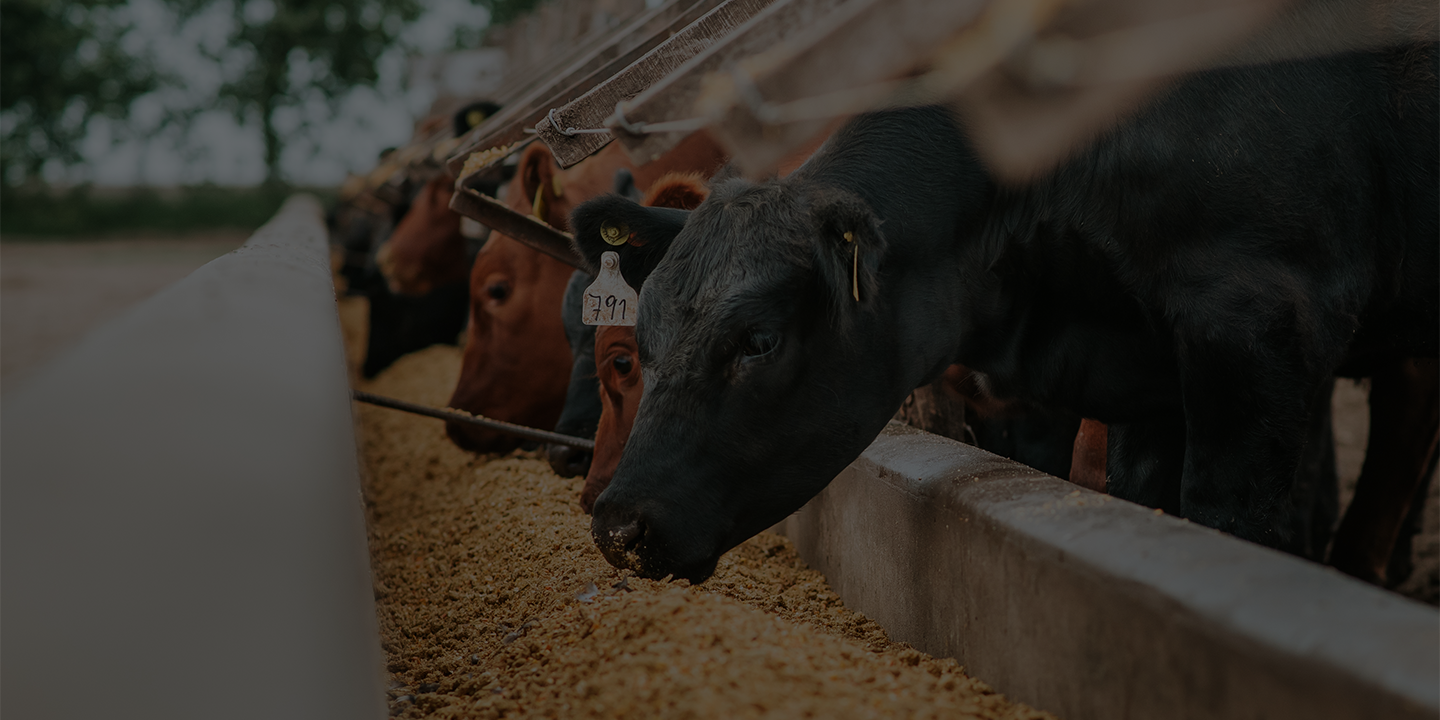
LCB USDA PVP
The only
Certification
Based on Net GHG Emissions
Low Carbon Technologies' (LCT) Process Verified Program (PVP) certification is the first-of-its-kind. Based on a comprehensive life cycle assessment (LCA), the PVP allows for United States Department of Agriculture (USDA) verification that cattle, and ultimately their end products, were produced with reduced emissions.
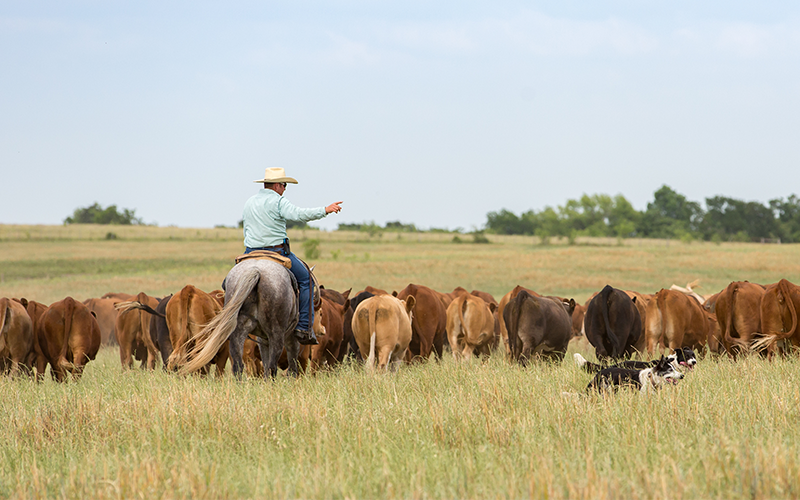
Program Overview
Beef cattle qualify for PVP certification if they demonstrate at least a 10% reduction of greenhouse gas (GHG) emissions below the U.S. industry baseline. We certify both grain- and grass-fed cattle using a proprietary scoring system that includes criteria from three categories: fertilizer, feed and function. LCT serves as the verification body, ensuring operational and cattle compliance.
Our Process
We work with family farms, ranches, feedyards and beef packers to quantify the emissions of individual cattle using the LCA. Information and data are gathered throughout the duration of the animal's lifespan to calculate their emissions score and ensure certification compliance within 60 days of harvest. Along with providing records and receipts required for evaluation, producers must participate in an onsite audit to verify operational management practices. A scoring assessment will be completed by LCT for each certification.
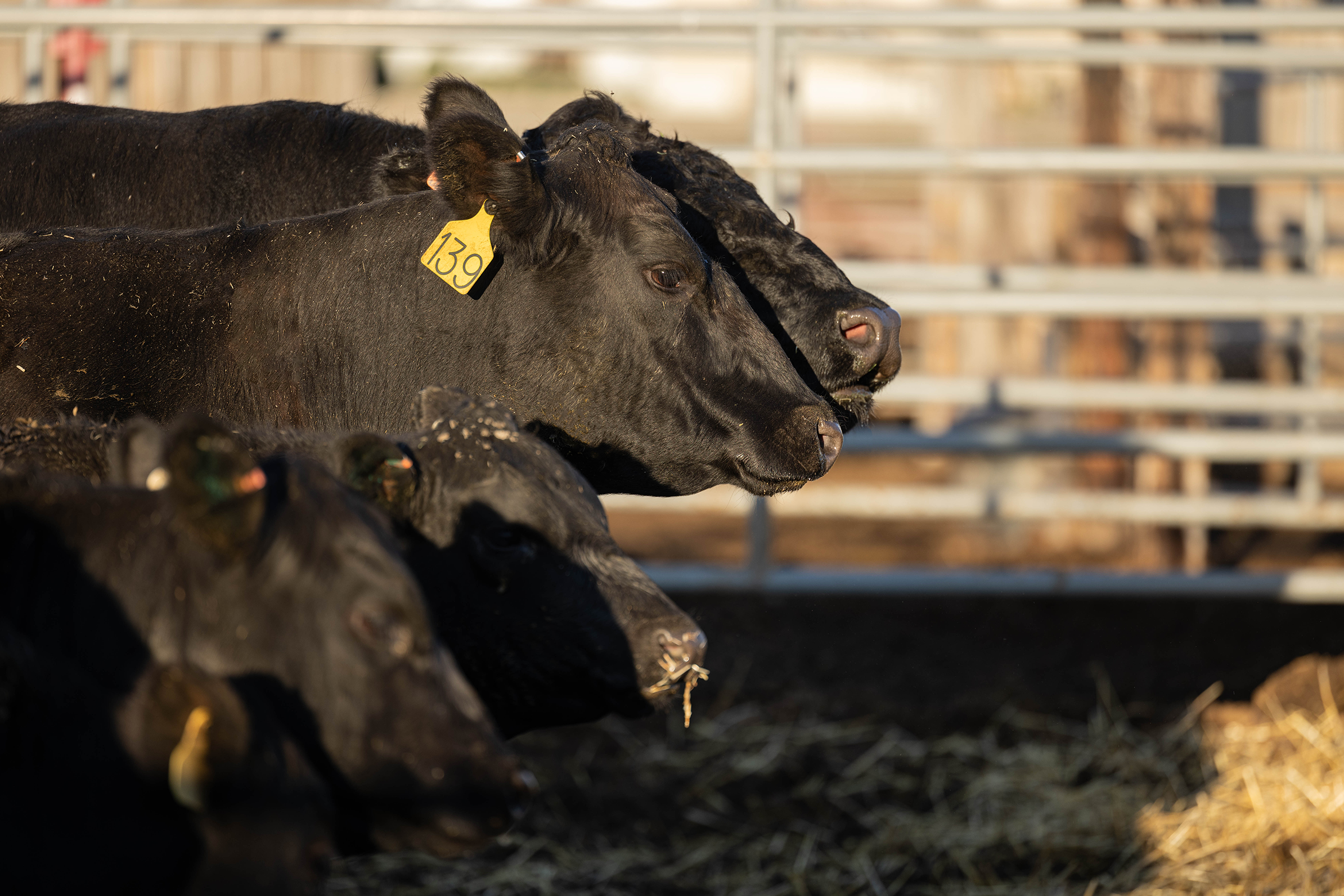
Our proprietary scoring system includes criteria for the following categories:
Fertilizer
feed
Function
Production Pathways
There are four production pathways producers can enroll their cattle under. Candidates must be source and age verified (SAV).
- Backgrounding Pathway: beef cattle that are born and raised on a cow-calf operation until weaning, are backgrounded on forage after weaning and finished at a feedlot.
- Direct-Entry-to-Feedlot Pathway: beef cattle that are born and raised on a cow-calf operation until weaning and finished at a feedlot.
- Grass-Fed Pathway*: beef cattle that are born and raised at a cow-calf operation until weaning, raised on forage after weaning and finished on forage.
- Dairy-Beef Pathway: cattle born from dairy cows raised at a calf ranch until weaning and finished at a feedlot.
*LCT’s classification for grass-fed is consistent with the definition provided by the USDA Food, Safety and Inspection Service (FSIS)
Process Overview
Submit a program inquiry to LCT and identify candidate cattle.
LCT will work with producers to complete a confidential questionnaire on operation practices.
LCT will collect the required documents and receipts required for evaluation.
LCT will analyze the numbers to determine cattle qualification and conduct an onsite audit to verify management practices.
Approved certification! Producers will receive a certificate of enrollment for qualifying cattle.
Scoring
If criteria are not applicable nor applied for, the candidate animal will receive a score of 0 for that section. Total scores of 10 or higher correspond to at least a 10% reduction in GHG emissions compared to the U.S. baseline. Generally, positive scores result from reducing emissions or increasing beef yield.
| Criteria | Score | Notes/Requirements |
|---|---|---|
| Production Pathway | Producer Affidavit | |
| Manure Management | Onsite Verification | |
| Inorganic Nitrogen Fertilizer | Producer Records/Receipts | |
| Dietary fat content | Producer Records/Receipts | |
| anti-methane feed additives | Producer Records/receipts | |
| ionophores Supplementation | Producer Records/Receipts | |
| Cattle Feed Efficiency | Producer Records/Receipts | |
| Animal Age and Weight | Producer Records | |
| Maternal Cow Weights | Producer Records | |
| Harvest Ratio | Producer Records/Closeouts |
Maximize your bottom line and cater to market trends by sourcing and processing Certified Sustainable beef. Utilizing industry-leading scientific methodologies and calculations, surpass the expectations of distributors and retailers seeking to enrich their premium product portfolios. We currently have beef procurement and labeling options available.
Signal to today's discerning consumers that the high-quality beef products you offer were also raised with environmentally conscious production methods. Expanding your premium product offerings that showcase our Certified Sustainable seal will create valuable marketplace distinction and offer the opportunity to meet social responsibility initiatives. LCT can help connect you to a producer or processor with certified product.
More information regarding Low Carbon Technologies' PVP standards for certification can be found at www.processverified.usda.gov.
PRODUCT INFORMATION
For all products: The label contains complete use information, including cautions and warnings. Always read, understand and follow the label and use directions.
RUMENSIN IMPORTANT SAFETY INFORMATION:
CAUTION: Consumption
by unapproved species or feeding undiluted may be toxic or fatal. Do not feed to veal calves.
Growing beef steers and heifers fed in confinement for slaughter:
For improved feed efficiency: Feed
5 to 40 g/ton of monensin (90% DM basis) continuously in a complete feed to provide 50 to 480 mg/hd/day.
For the prevention and control of coccidiosis due to Eimeria bovis and Eimeria zuernii: Feed
10 to 40 g/ton of monensin (90% DM basis) continuously to provide 0.14 to 0.42 mg/lb of body weight/day, depending upon severity of challenge, up to a maximum of 480 mg/hd/day.
Growing beef steers and heifers on pasture (stocker, feeder, and slaughter) or in a dry lot, and replacement beef and dairy heifers:
For increased rate of weight gain: Feed 50 to 200 mg/hd/day in at least 1.0 lb of Type C Medicated Feed. Or, after the 5th day, feed 400 mg/hd/day every other day in 2.0 lbs of Type C Medicated Feed. The Type C Medicated Feed
must contain 15 to 400 g/ton of monensin (90% DM basis). Do not self feed.
For the prevention and control of coccidiosis due to Eimeria bovis and Eimeria zuernii: Feed at a rate to
provide 0.14 to 0.42 mg/lb of body weight/day, depending upon severity of challenge, up to a maximum of 200 mg/hd/day. The Type C Medicated Feed must contain 15 to 400 g/ton of monensin (90% DM basis).
Type C free-choice medicated feeds: All
Type C free-choice medicated feeds containing Rumensin must be manufactured according to an FDA-approved formula/specification. When using a formula/specification published in the Code of Federal Regulations (CFR), a Medicated Feed Mill license is
not required. Use of Rumensin in a proprietary formula/specification not published in the CFR requires prior FDA approval and a Medicated Feed Mill License.
Beef cows:
For improved feed efficiency when receiving supplemental feed: Feed
continuously at a rate of 50 to 200 mg/hd/day. Cows on pasture or in dry lot must receive a minimum of 1.0 lb of Type C Medicated Feed per head per day. Do not self feed.
For the prevention and control of coccidiosis due to Eimeria bovis and Eimeria zuernii: Feed
at a rate of 0.14 to 0.42 mg/lb of body weight/day, depending upon severity of challenge, up to a maximum of 200 mg/hd/day.
TRADEMARK NOTICE
® Rumensin is a registered trademark of Elanco US Inc. Agolin is a registered trademark of AGOLIN SA. Mootral is a registered trademark of Mootral Innovations LTD. Bovatec is a registered trademark of Phibro Animal Health Corportation.
PATENT NOTICE
Some of the products and services discussed or offered on the Website may be covered by one or more patents and/or are subject to trade secrets and other proprietary rights, whether owned by the Company, its affiliates, or a third party. This includes the Company’s proprietary Life Cycle Assessment program and system for PVP certification, which is protected by U.S. Patent No. US-11209419-B2 and other pending patent applications. Nothing on the Website, including these Terms of Use, shall be construed as granting any right or license under such patents, patent applications, trade secrets, or other proprietary rights owned by the Company or its affiliates.
